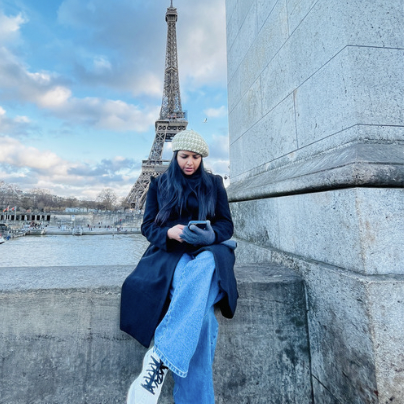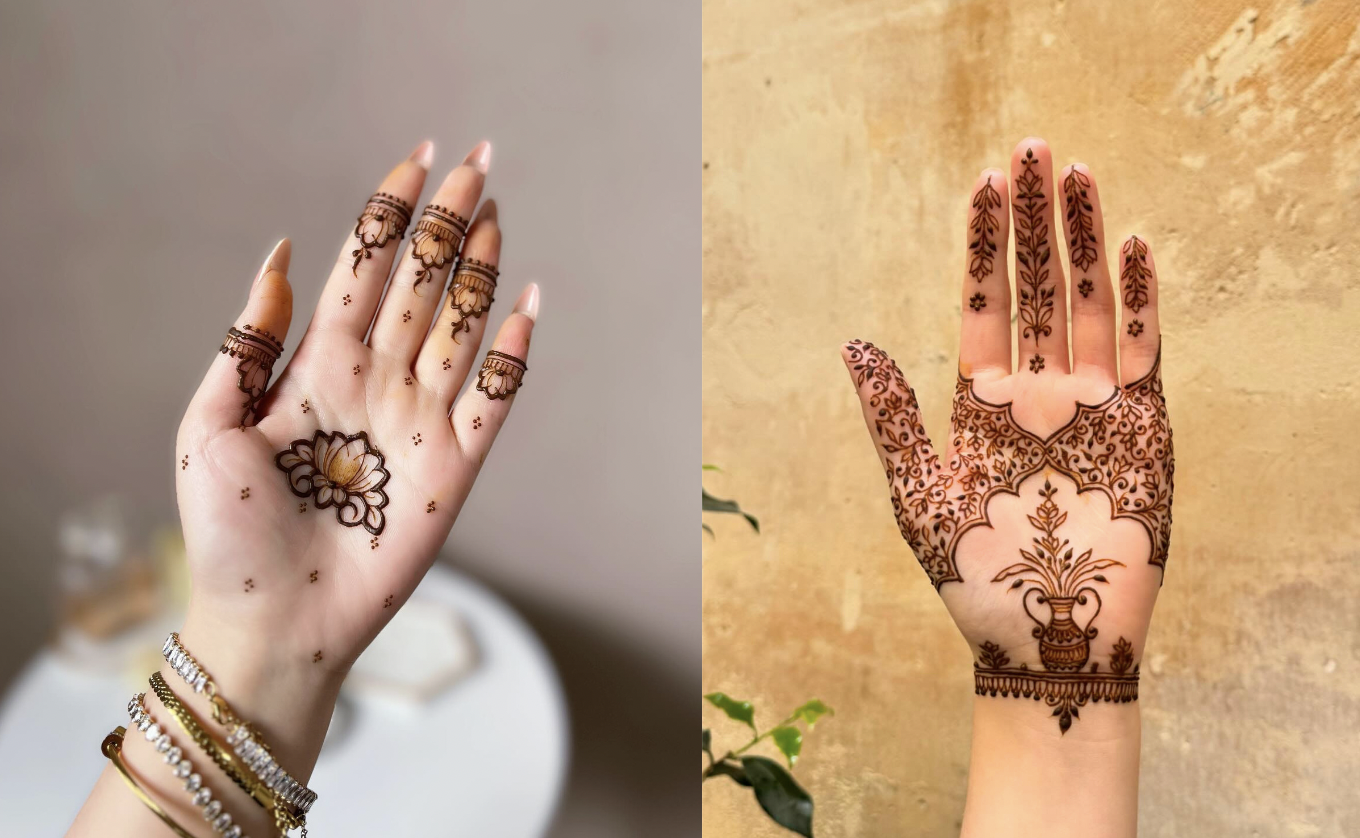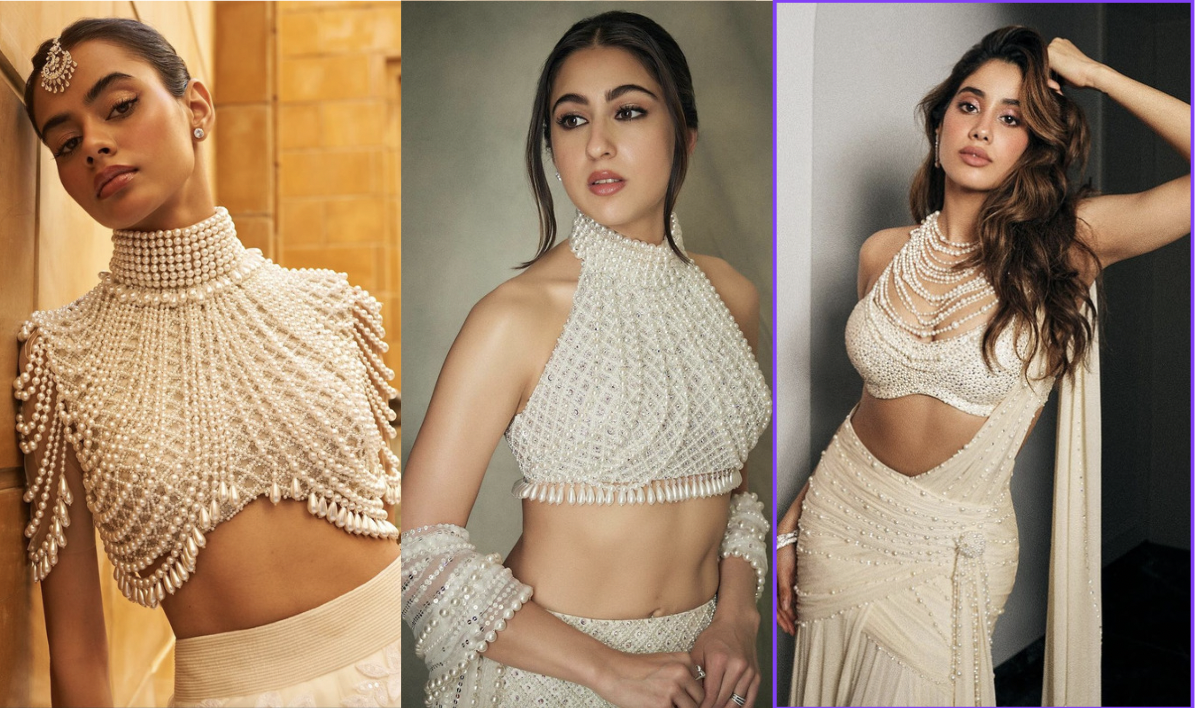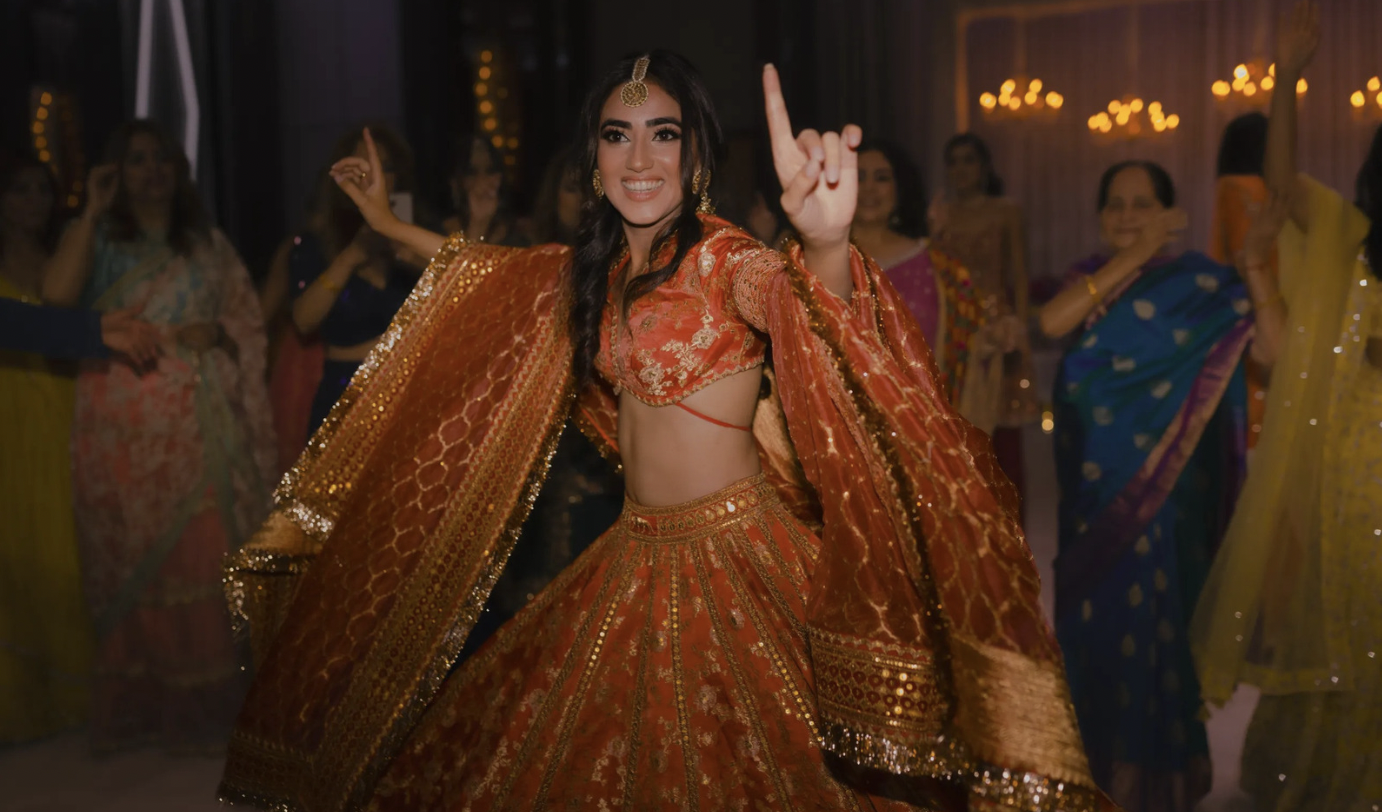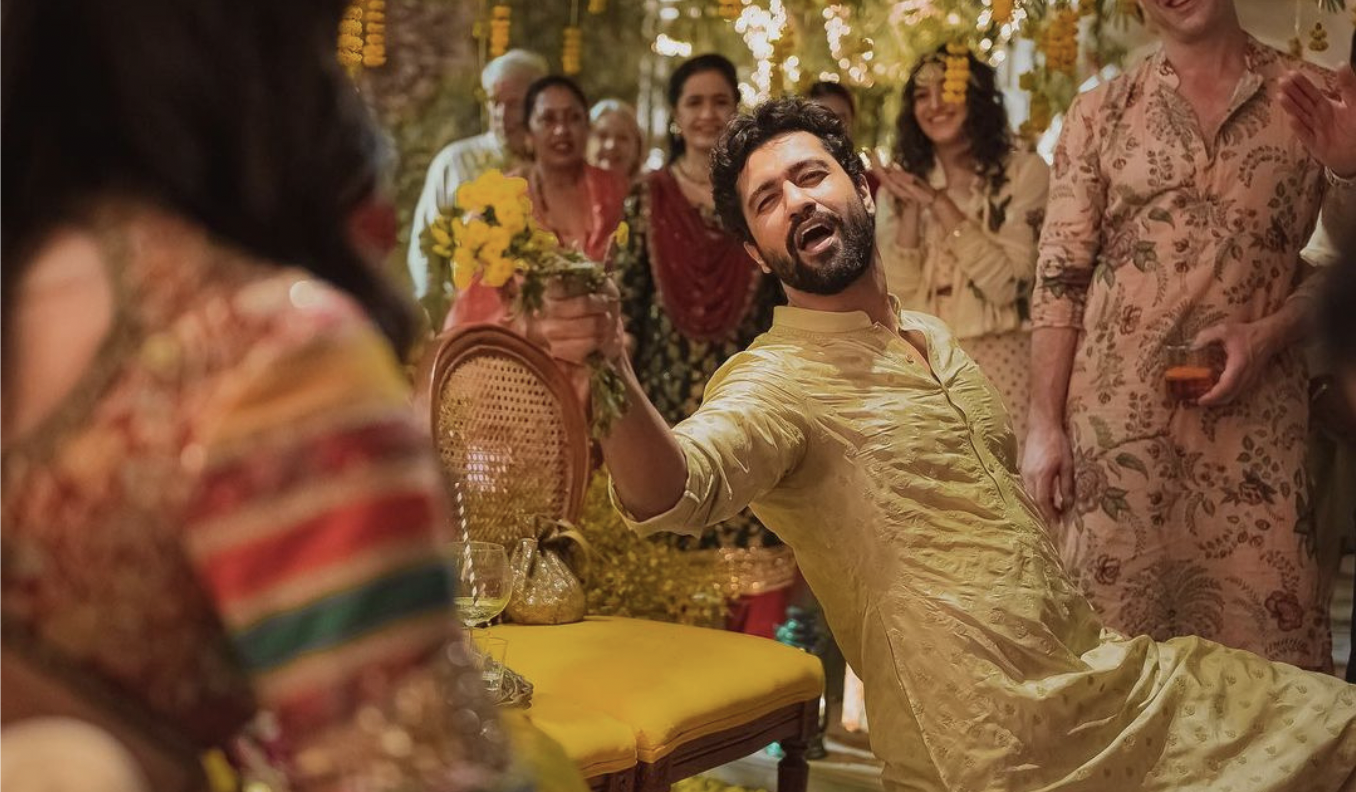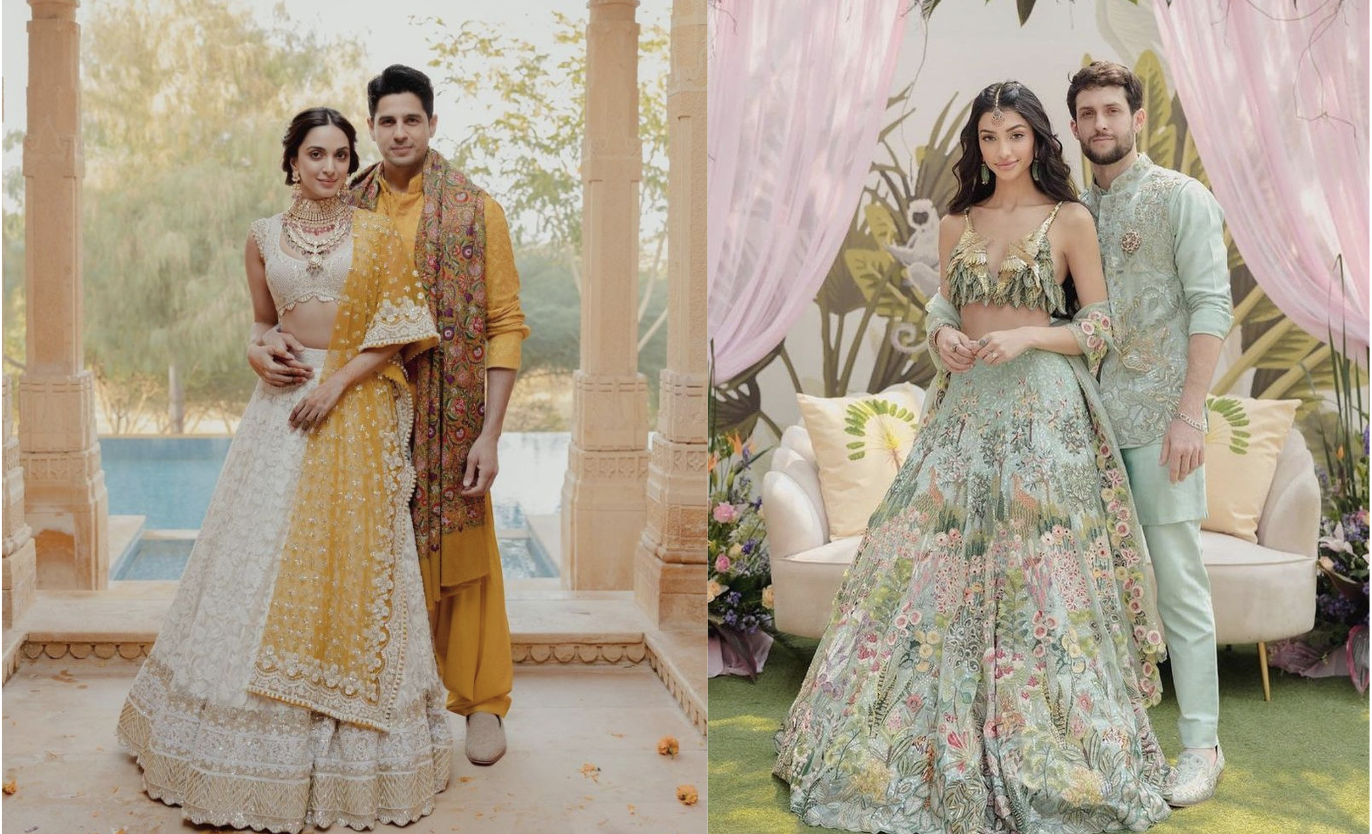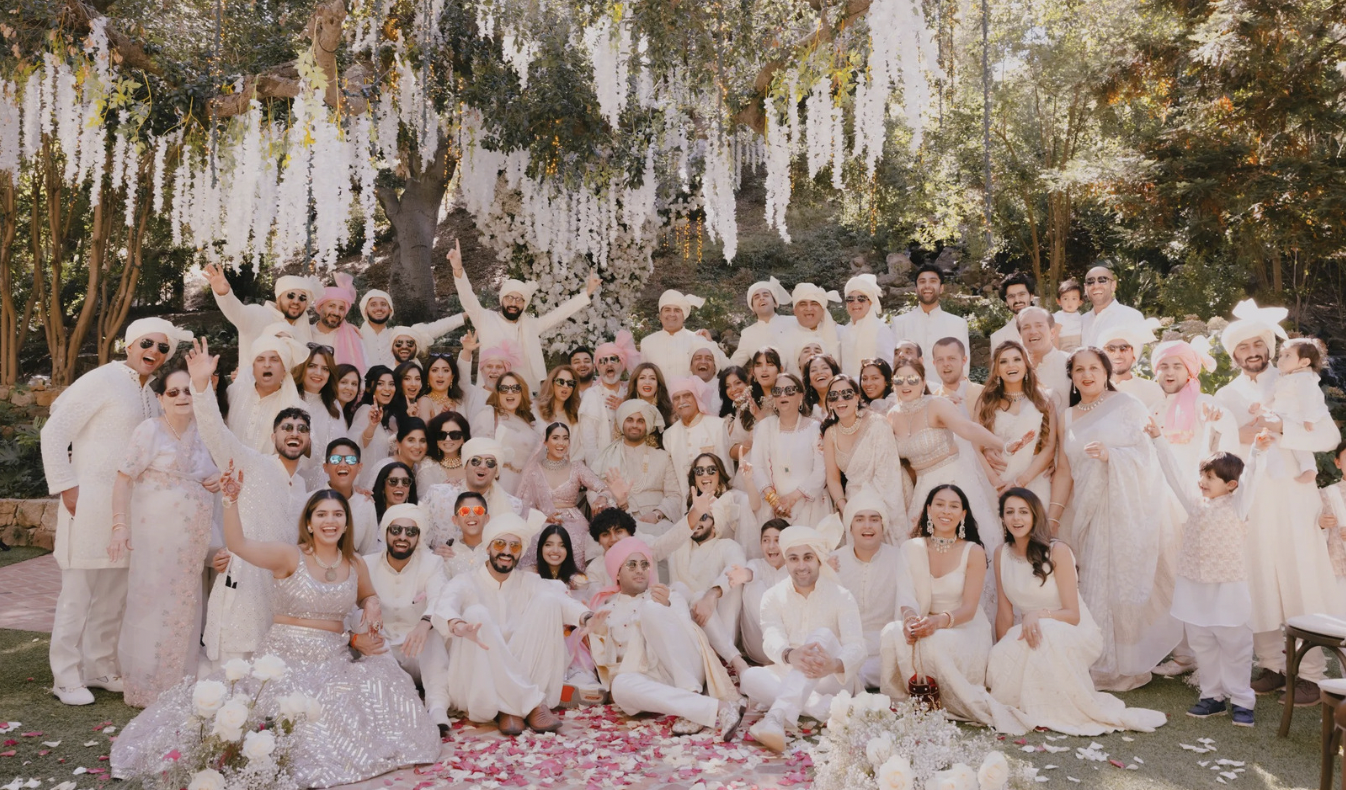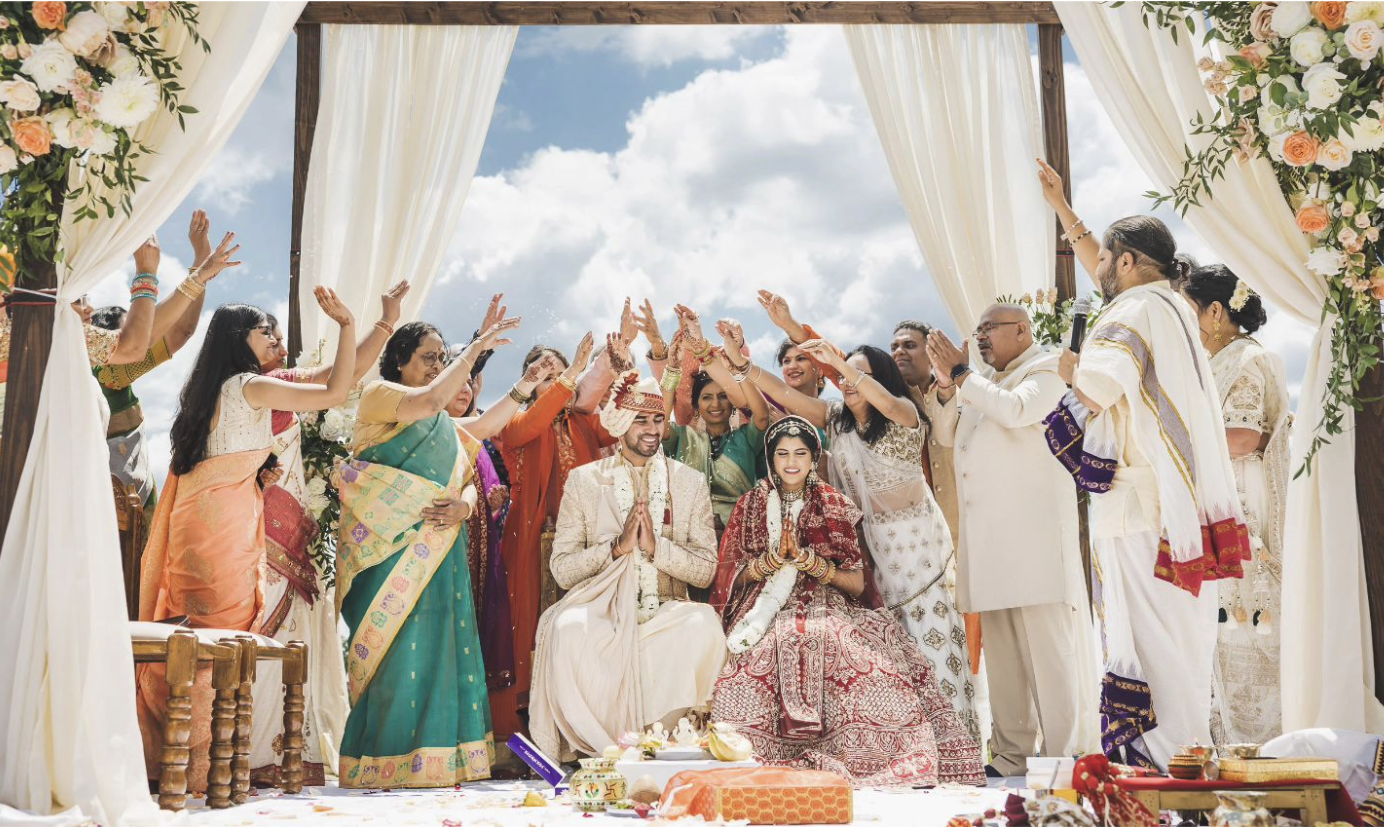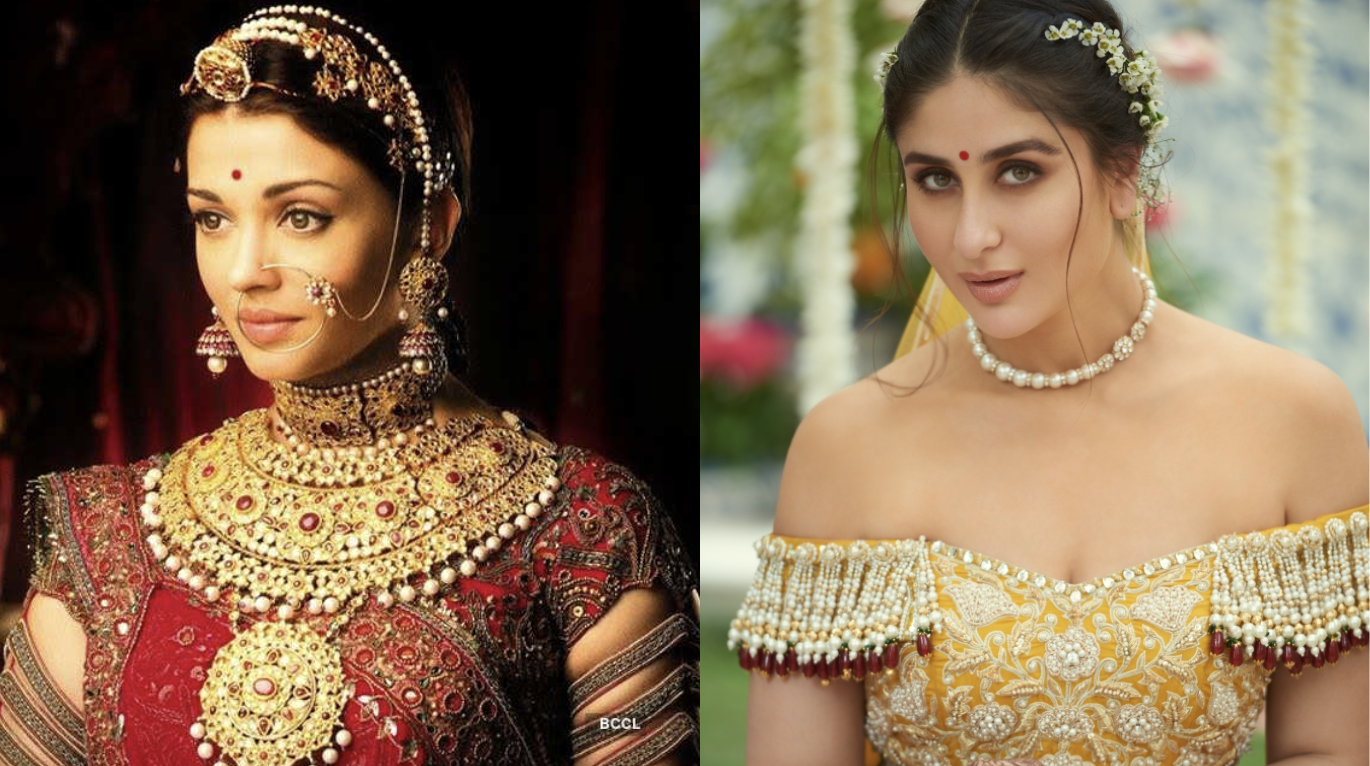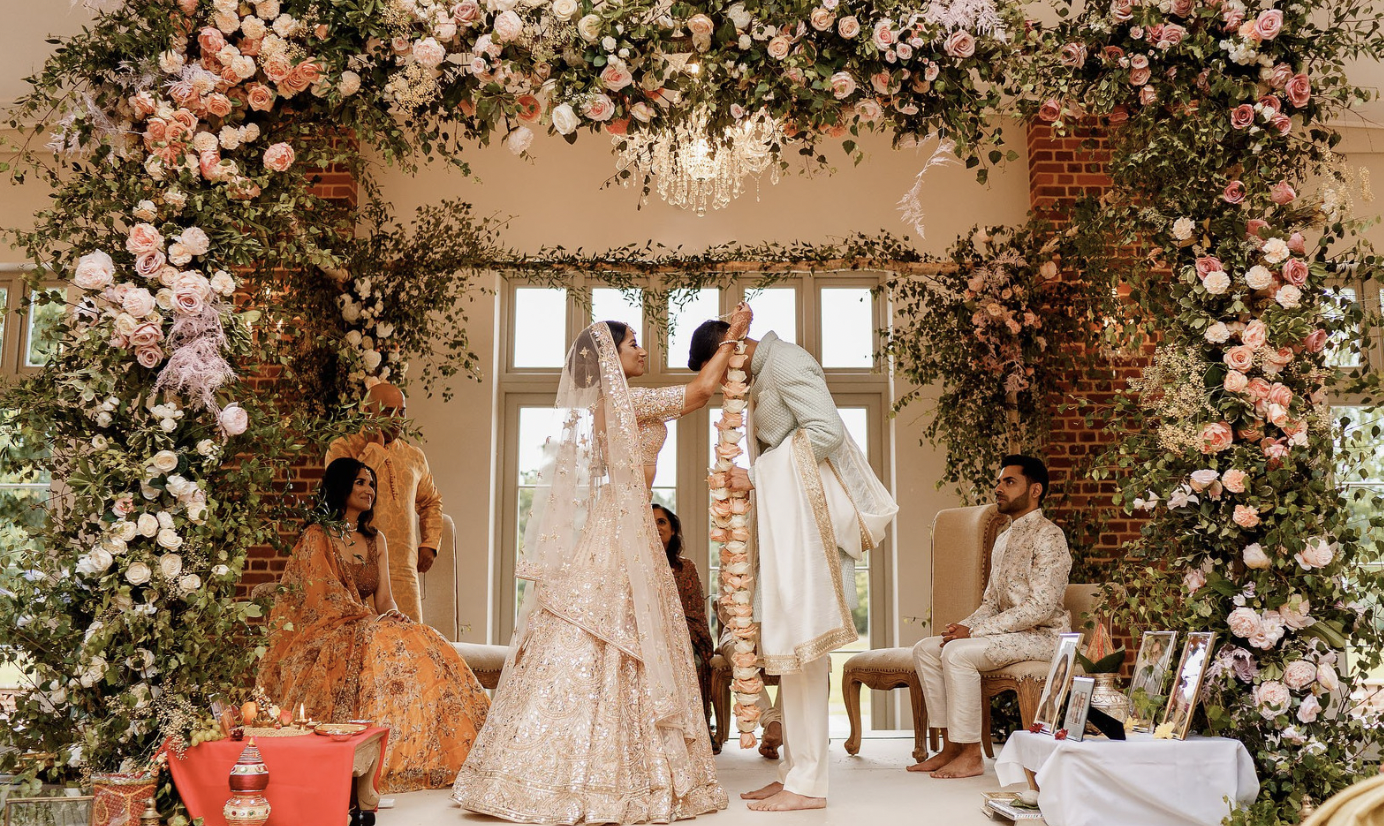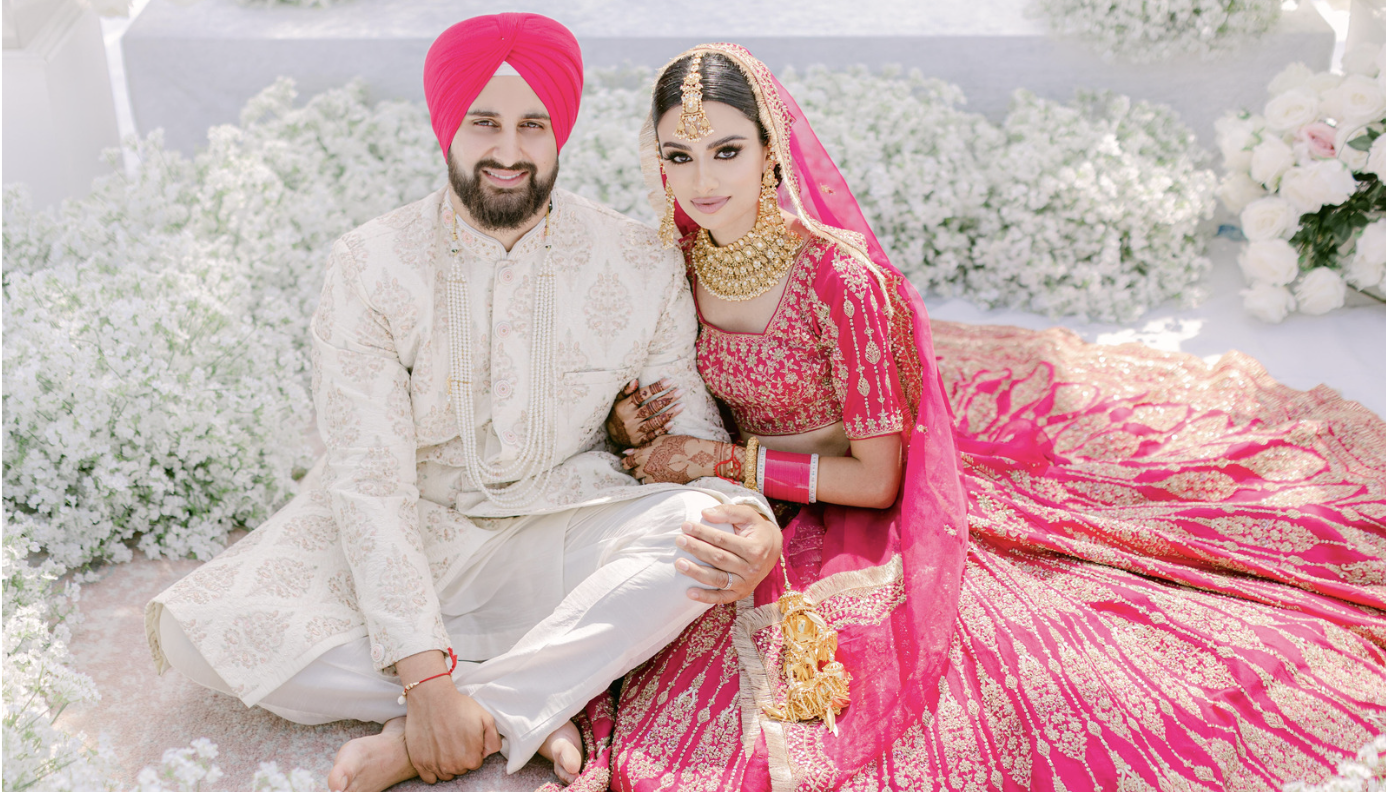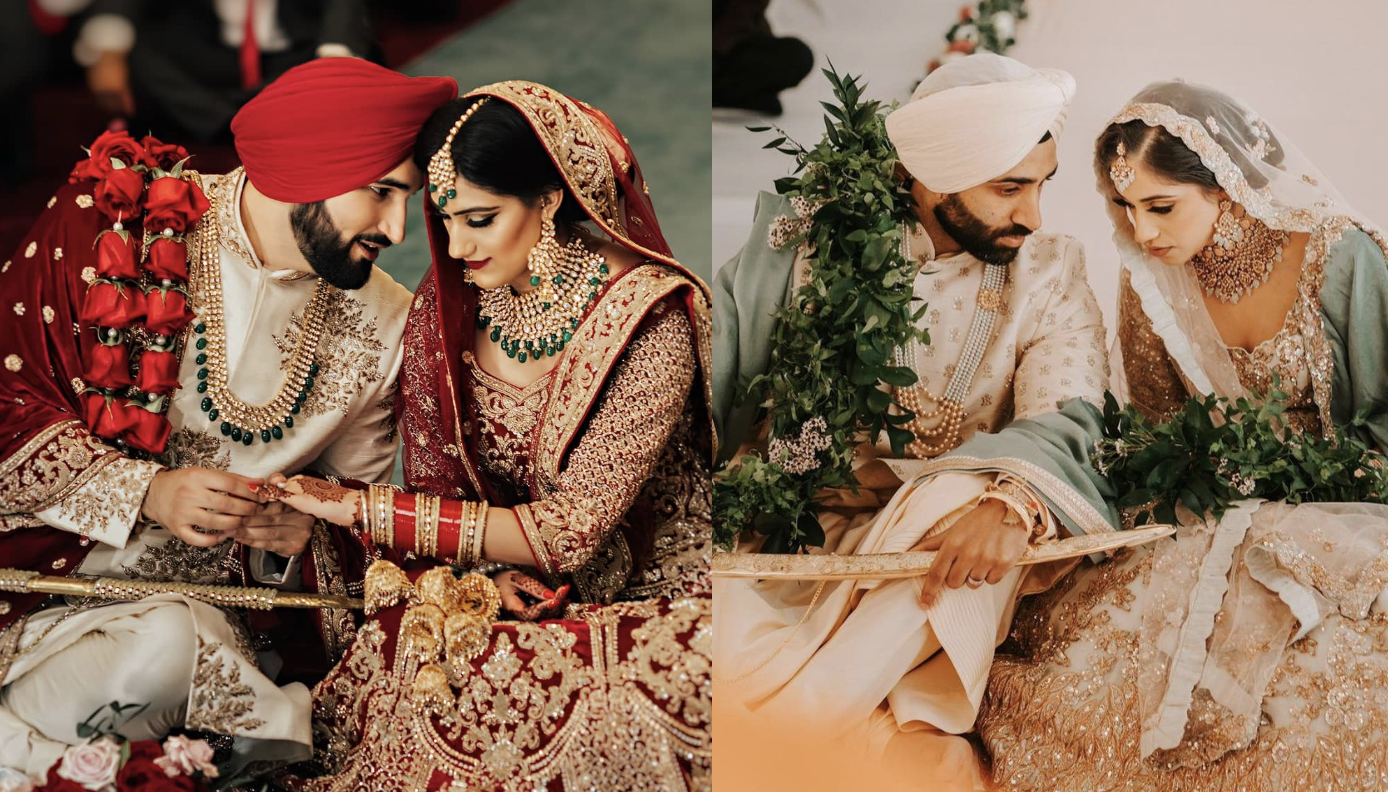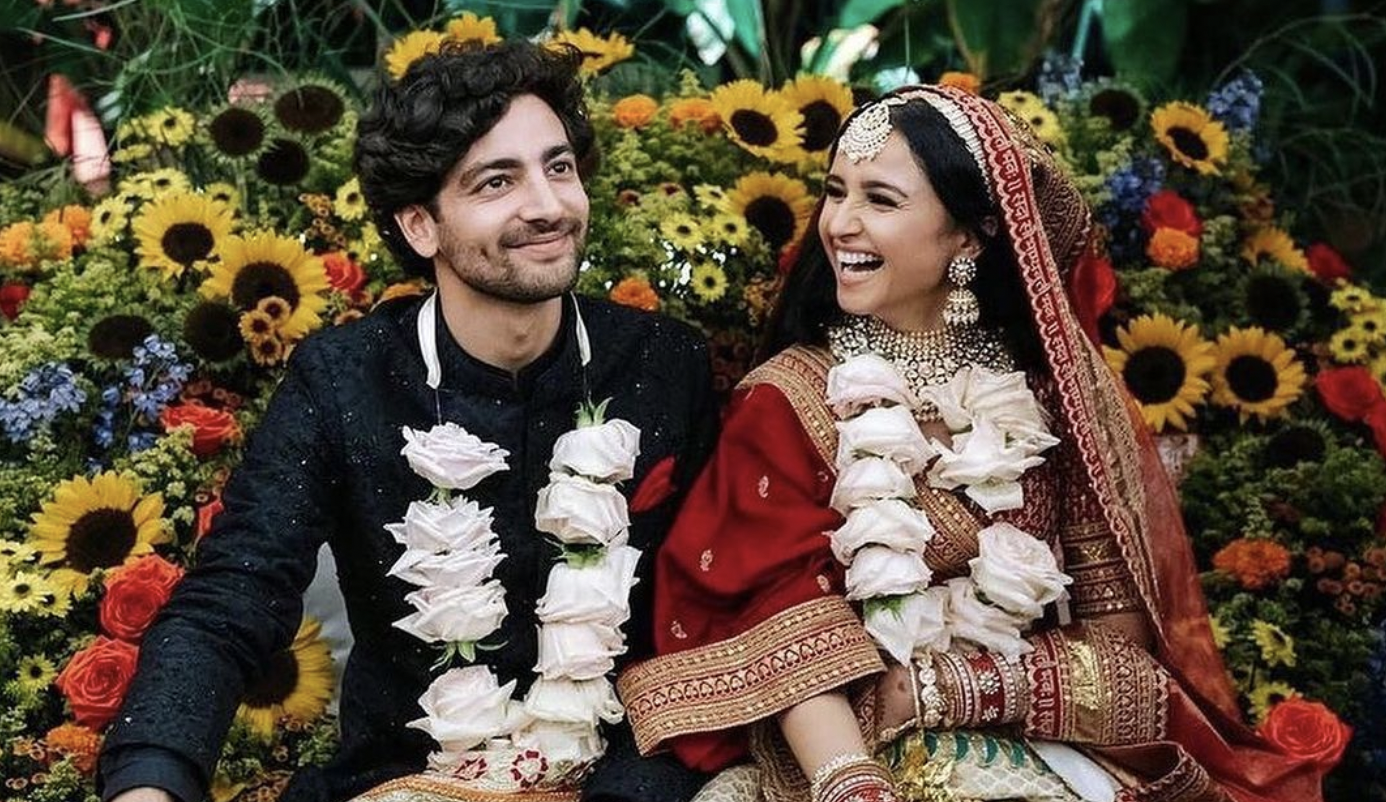A Complete Guide To Gujarati Wedding Rituals
South Asian Wedding Neha Garg AhujaGujarati weddings are a vibrant and culturally rich celebration that reflects the essence of Gujarat, a western state in India. These weddings are marked by a blend of traditional rituals, colorful attire, lively music, and sumptuous cuisine, making them a truly unforgettable experience.
The significance of rituals in Gujarati culture is deeply rooted in their traditions and beliefs. Each ritual holds a unique purpose and symbolizes the values that are central to the Gujarati way of life. One of the prominent wedding rituals is the "Mangal Fera," where the bride and groom take four rounds around the sacred fire, representing their shared journey through the four stages of life: Dharma (duty), Artha (prosperity), Kama (desire), and Moksha (liberation).
The "Saptapadi" is a crucial ritual where the couple takes seven steps together, each step representing a vow for a happy and prosperous life together. Additionally, the "Mehendi" ceremony is a cherished tradition where intricate henna designs are applied to the bride's hands and feet, symbolizing joy and beauty. The "Garba" dance, performed in the days leading up to the wedding, is a lively and colorful folk dance that celebrates the joy of togetherness and unity.
The post-wedding rituals are equally significant. The "Vidaai" marks the emotional moment of the bride's departure from her parental home, symbolizing the start of a new phase in her life.
.jpg)
Source: An Indian Wedding In Houston Filled With Love & Laughter: Bijal & Saral
These rituals hold profound cultural and spiritual significance for Gujaratis, preserving the heritage and values that have been passed down through generations. Through their unique customs and celebrations, Gujarati weddings not only unite two individuals but also bridge the gap between tradition and modernity.
Pre-Wedding Rituals for Gujarati Wedding
1. Chandlo Matli
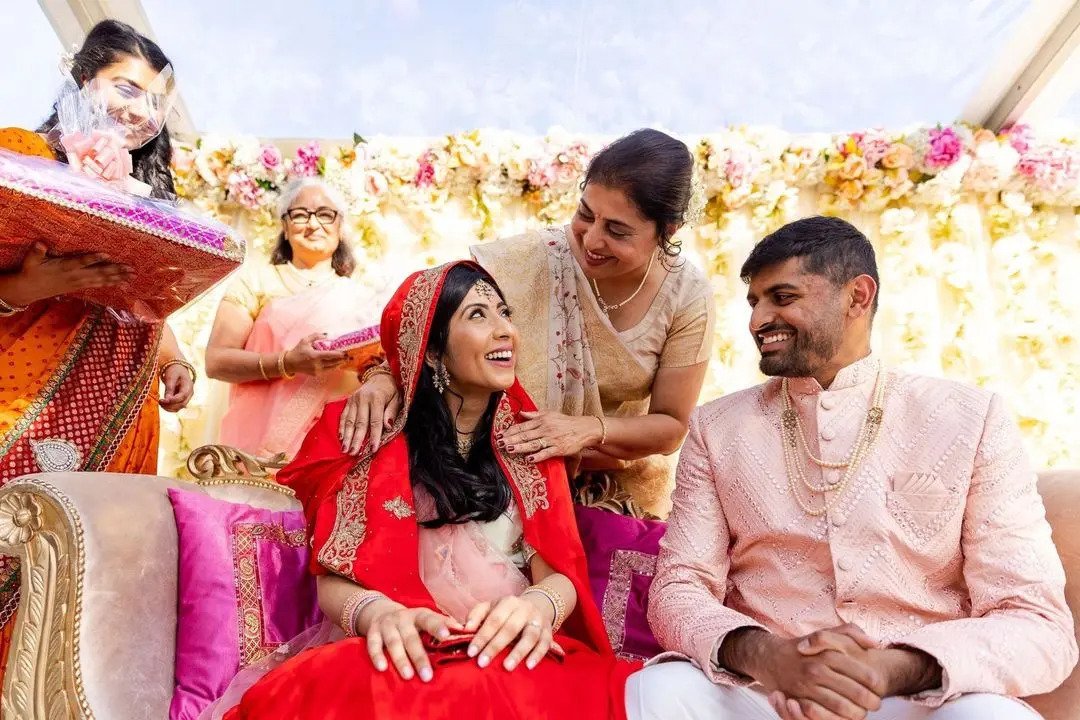
Source: Sailesh Makwana Photography
"Chandlo Matli" is a significant pre-wedding ritual in Gujarati culture, highlighting the union of two families and the impending marriage of a couple. This ceremony is steeped in tradition and cultural richness, playing a pivotal role in the wedding festivities.
During the Chandlo Matli ritual, the groom's family visits the bride's residence with gifts and the auspicious "chandlo" (vermilion mark) that is applied on the foreheads of the bride and groom. This gesture symbolizes acceptance and approval of the match by both families. The bride's family then offers gifts to the groom's family as a gesture of hospitality and goodwill. This exchange of gifts and the application of chandlo symbolize the coming together of two families and the promise of a lifelong bond between the couple.
2. Gol Dhana
Gol Dhana is a significant pre-wedding ritual deeply rooted in Gujarati culture, symbolizing generosity, unity, and the exchange of blessings. The term "Gol Dhana" translates to "round grains" in Gujarati, reflecting the practice of distributing grains in even numbers. This ritual typically takes place a few days before the wedding and involves close family members and friends.
During Gol Dhana, the groom's family visits the bride's home, where the bride's family welcomes them with warmth and hospitality. The central aspect of this ritual is the exchange of gifts and blessings. The groom's family presents gifts, often including items like clothes, jewelry, and accessories, to the bride. In return, the bride's family gifts the groom with grains like rice, wheat, and lentils, along with other traditional items.
Gol Dhana also serves as an opportunity for both families to interact, bond, and understand each other better. This ritual promotes social integration, as it allows families to gather, celebrate, and establish connections before the wedding day.
3. Mehendi Ceremony
.jpg)
Source: An Intimate Multi-Faith Wedding In Chicago: Devanshi & Prem
The Mehendi ceremony is a significant and captivating pre-wedding ritual in Gujarati culture, as well as in many other Indian traditions. It is a festive occasion that brings together family, friends, and the bride-to-be to celebrate the impending wedding with intricate henna designs adorning the bride's hands and feet. This ceremony is a blend of joy, artistry, and cultural significance, fostering a sense of unity and anticipation.
During the Mehendi ceremony, the bride is seated, and skilled henna artists apply intricate patterns on her palms, arms, feet, and legs. These designs symbolize love, happiness, and prosperity in the couple's upcoming journey together. The ceremony often extends to the female attendees, who also get henna patterns as a mark of celebration and camaraderie.
Apart from its aesthetic value, Mehendi holds deep cultural significance. The cooling properties of henna are believed to help the bride relax and alleviate pre-wedding jitters. Hidden within the intricate designs are the groom's initials, which he is meant to find on the wedding night, adding an element of playful romance.
Gujarati Wedding Day Rituals
1. Mandap Mahurat
The Mandap Mahurat holds immense significance in Gujarati weddings, marking the commencement of the wedding ceremony. It's a sacred moment when the couple is anointed with holy water and blessed by the priest. This ritual symbolizes the purification of the couple's bodies and souls, preparing them for the sacred union ahead. The mandap is elaborately decorated with flowers, fabrics, and traditional elements, creating a spiritually charged ambiance. The priest chooses an auspicious time for the ritual based on astrological considerations, aligning the couple's energies with cosmic forces. Family members and close friends gather to witness this sacred moment, adding to the festive atmosphere.
The couple is seated under the mandap, and a curtain is held between them, signifying separation. This curtain is later dropped, symbolizing their union. Holy water is sprinkled on them while Vedic hymns are chanted, invoking divine blessings. This ritual purifies the couple's bodies and minds, ensuring they enter marriage with a clean slate.
The Mandap Mahurat embodies the spiritual and emotional dimension of Gujarati weddings. It represents the couple's journey from individuals to partners, blending tradition, and symbolism with the promise of a lifelong companionship.
2. Antarpat Ceremony
The Antarpat Ceremony is a significant ritual in Gujarati weddings, holding deep meaning and symbolic value. It occurs just before the main wedding ceremony, at the entrance to the wedding venue, and marks the groom's arrival at the mandap (wedding altar) where the bride awaits.
.jpg)
Source: Karishma & Shay's Dreamy Indian Wedding In Mexico With The Most Stunning Outfits
During the Antarpat Ceremony, a cloth or curtain called the "Antarpat" is held between the bride and the groom, preventing them from seeing each other. This cloth acts as a barrier, representing the worldly distractions and illusions that can come between two individuals in a marital union. It signifies that before entering this sacred bond of marriage, both the bride and groom should leave behind any material desires or distractions and focus solely on the union of their souls.
As the Antarpat is lowered, the couple catches a glimpse of each other for the first time on their wedding day. This moment is filled with anticipation, excitement, and a touch of nervousness. It symbolizes the removal of the barriers that separate them and the beginning of their journey together as husband and wife.
The Antarpat Ceremony is essential in highlighting the idea that marriage is not just a physical union, but a spiritual and emotional one as well. It emphasizes the importance of focusing on the deeper connection between the couple, transcending the superficial aspects of life. This ritual adds a layer of depth and spirituality to the Gujarati wedding, reminding the couple and the witnesses of the true essence of the marriage bond.
3. KanyaDaan
.jpg)
Kanya Daan, a poignant ritual in Gujarati weddings, embodies the profound concept of giving away the bride by her parents with heartfelt blessings. This sacred act holds deep emotional significance, symbolizing the transition of responsibility from the bride's family to the groom.
During the Kanya Daan ceremony, the bride's parents, often accompanied by relatives, place their daughter's hand in the groom's hand, transferring her from their care to his. This act isn't merely a physical handover but a gesture of trust, love, and faith in the groom's ability to protect and cherish their daughter. It signifies their willingness to entrust her happiness and future into his hands.
This moment is filled with a mix of emotions – joy, nostalgia, and even a hint of bittersweet sadness. For parents, it's a moment of letting go, realizing that their daughter is starting a new chapter in her life. At the same time, it's a moment of happiness and hope for her future. The bride's parents offer prayers and blessings for a successful and harmonious married life for the couple.
Kanya Daan also underscores the idea of selflessness and giving in a marriage. Just as parents selflessly give away their beloved daughter, the couple is reminded of their responsibilities towards each other and their families. This ritual emphasizes the importance of mutual respect, love, and understanding in their journey ahead.
4. Saptapadi
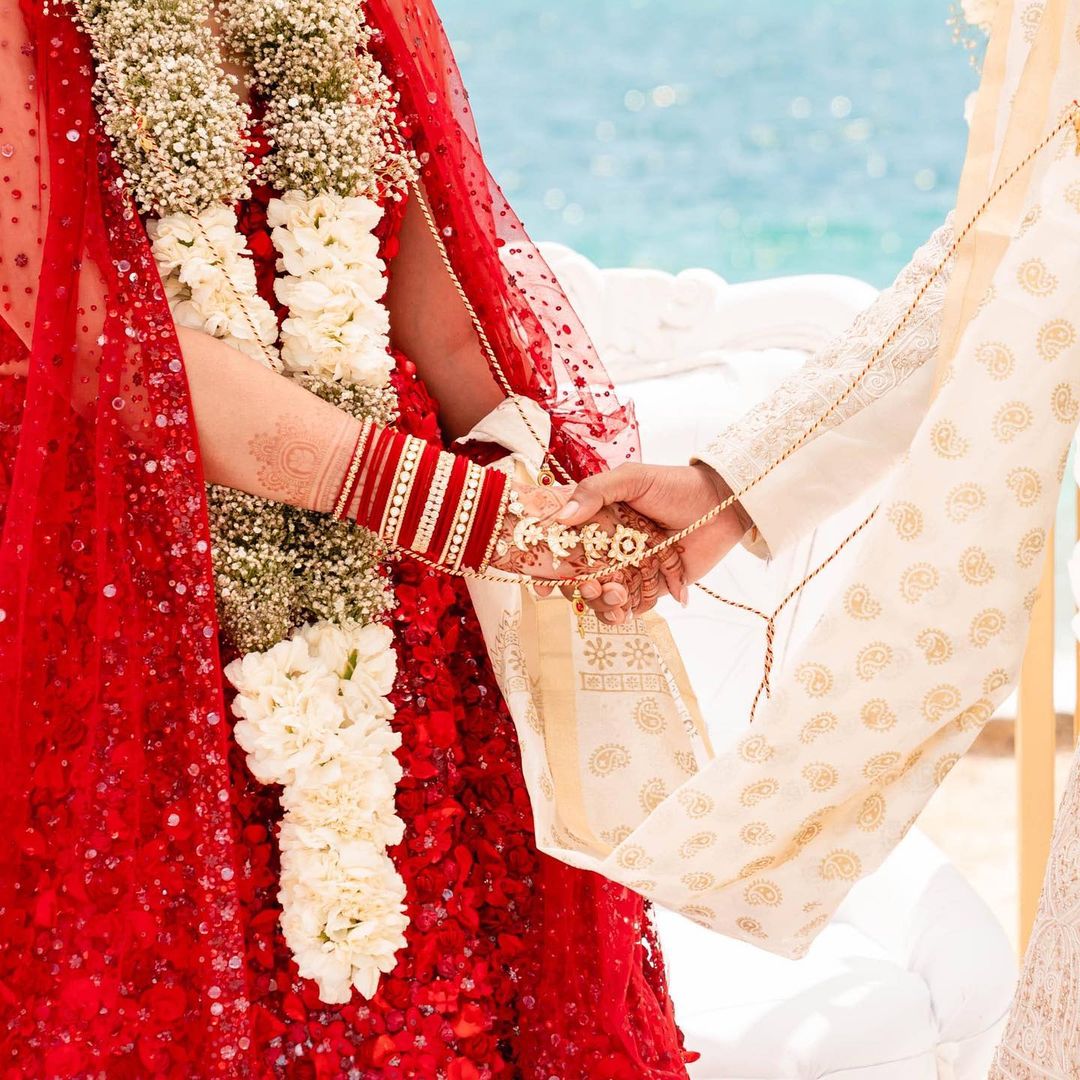
Source: Pervez Taufiq Pphotography
Saptapadi is a pivotal and sacred ritual in Gujarati wedding ceremonies, symbolizing the union of two souls for seven lifetimes. It holds profound significance in Hindu culture, reflecting the commitment and aspirations of the newlyweds as they embark on a journey of togetherness.
During the Saptapadi ritual, the bride and groom take seven steps together around the sacred fire, representing seven vows or promises that they make to each other. These vows encapsulate the foundation of a strong and enduring marriage, encompassing mutual respect, love, and support. Each step is accompanied by a mantra recited by the priest, reinforcing the solemnity of the pledges.
The first step is a promise to nourish each other physically and mentally, promoting well-being and health. The second step signifies the cultivation of strength and the sharing of responsibilities. The third step highlights the importance of wealth and prosperity, both material and spiritual. The fourth step emphasizes the pursuit of happiness and harmony through shared experiences. The fifth step underscores the aspiration for progeny and the commitment to raising a family. The sixth step is a vow to cherish companionship, fostering love and understanding. The seventh and final step solidifies the bond, vowing eternal companionship, friendship, and unity.
Through Saptapadi, the couple affirms their dedication to one another, acknowledging the challenges and joys that life may bring. These vows are not just promises made in words, but a profound commitment that guides their journey together, underlining the sanctity and depth of marriage in Gujarati culture.
Gujarati Post-Wedding Rituals
1. Vidaai
The Vidaai ceremony in a Gujarati wedding holds profound significance and an emotional aspect that encapsulates the bittersweet moment of departure. It marks the transition of the bride from her parental home to her husband's, symbolizing her journey into a new phase of life. This poignant ritual is a blend of joy and sorrow, as the bride's family bids her farewell with blessings and well-wishes, while also shedding tears of separation.
This departure is marked by various customs that vary across regions but often include the bride throwing rice or coins behind her as a gesture of gratitude and abundance. The emotional intensity of this ritual resonates with the feelings of nostalgia, gratitude, and anticipation for the bride's new life.
2. Reception
.jpg)
The wedding reception is a joyous and festive celebration that follows the solemnization of the marriage ceremony. It serves as an opportunity for friends, family, and well-wishers to come together and extend their heartfelt congratulations to the newlywed couple in a more relaxed and celebratory atmosphere. It is typically characterized by its lively ambiance, where music and dance take center stage. A variety of music genres, from traditional Gujarati tunes to contemporary hits, fill the air, creating an atmosphere of merriment. Guests often join in on the dance floor, celebrating the union of two families with energetic moves and rhythmic steps.
Food holds a paramount position in Gujarati culture, and the wedding reception is no exception. Elaborate feasts feature an array of traditional delicacies that showcase the rich flavors and textures of Gujarati cuisine. Guests are treated to an assortment of dishes, including dhokla, khandvi, fafda, and various types of sweets like jalebi and ghari. These delectable offerings reflect the region's culinary heritage and hospitality, ensuring that everyone's taste buds are thoroughly delighted.
The reception is also an occasion for the couple to share their happiness with their loved ones. They take the opportunity to personally greet and express gratitude to each guest for their presence and blessings. Often, heartfelt speeches and toasts are exchanged, adding a personal touch to the celebration.
Other Important Gujarati Wedding Rituals
1. Haldi Ceremony
.jpg)
The Haldi ceremony is an integral part of Gujarati wedding rituals, celebrated with enthusiasm and joy. Haldi, a paste made from turmeric, sandalwood, and other natural ingredients, is considered auspicious and is applied to the couple's skin to bring a radiant glow and blessings. This pre-wedding ritual is held separately at the homes of the bride and groom.
The application of Haldi is not only a beautifying ritual but also a significant one. Turmeric's antiseptic properties are believed to cleanse and purify the body, while its vibrant color symbolizes auspiciousness and protection from evil forces. The yellow hues also represent the essence of marriage - a blend of two lives into one.
Amidst the application of Haldi, lively music, singing, and dance elevate the festive spirit. Following the ceremony, the couple isn't allowed to leave their homes until the wedding day to preserve the purity and significance of the ritual.
2. Garba and Dandiya Raas
.jpg)
Source: An Intimate Multi-Faith Wedding In Chicago: Devanshi & Prem
Garba and Dandiya Raas are iconic traditional dance forms deeply ingrained in Gujarati culture, celebrated with fervor during festivals and weddings. Garba, a circular dance performed by women and men, is a homage to Goddess Amba, symbolizing the cycle of life, creation, and destruction. Dressed in vibrant attire, participants dance gracefully with illuminated earthen pots in hand, creating a mesmerizing sight under the night sky.
During weddings, Garba and Dandiya Raas hold special significance. They not only infuse exuberance into the celebrations but also serve as icebreakers for families and guests, fostering interaction and bonding. These dances bring together diverse generations, bridging gaps and strengthening family ties. Furthermore, they symbolize the bride's and groom's joyful entry into marriage, a journey marked by rhythm, harmony, and shared moments.
Conclusion
The Gujarati wedding rituals weaves a captivating narrative of tradition and devotion. From the poignant Kanya Daan to the profound Saptapadi, each ritual holds a unique significance, binding the couple in eternal bonds. These rituals, deeply rooted in history, reflect the rich cultural heritage of Gujarat, carrying forward the essence of generations past.

